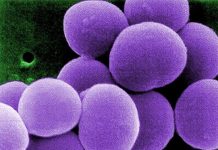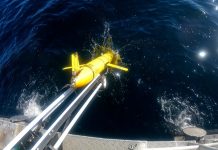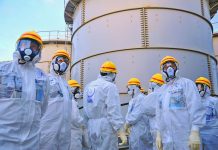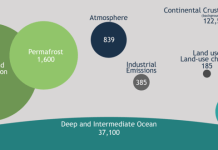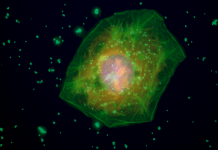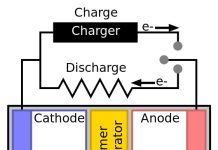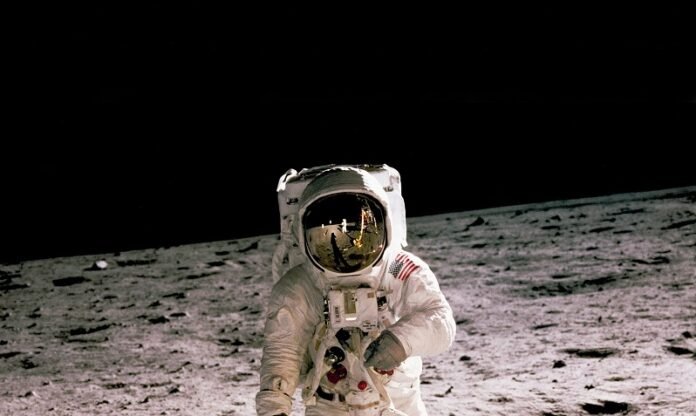Half a century after iconic Apollo Missions which allowed twelve men to walk on the Moon between 1968 and 1972, NASA is set to embark on ambitious Artemis Moon Mission designed not only to create long term human presence on and around the Moon but also to learn lessons in preparation for human missions and habitations on Mars. Deep space human habitation, enabling humans to become a multi planet species to thwart the risk of extinction is still a very far dream however a beginning is to happen in near future.
“Since, in the long run, every planetary civilization will be endangered by impacts from space, every surviving civilization is obliged to become spacefaring—not because of exploratory or romantic zeal, but for the most practical reason imaginable: staying alive.” – Carl Sagan, 1994.
Artemis I, an uncrewed flight test, the first in a series of Artemis’s increasingly complex missions to the Moon, is scheduled to lift off on 29 August 2022. This will pave the way for future crewed flights (Artemis II, Artemis III, and beyond) to the lunar surface. In 2024, Artemis will land the first woman and the first person of colour on the Moon.
What sets Artemis apart is its aim to build a base camp on the lunar surface to give astronauts a place to live and work on the moon. Artemis Base Camp includes a modern cabin, a rover, and a mobile home. It is true that humans have been living and working on International Space Station (ISS) for several years however Artemis Mission will allow astronauts to live on the surface of another celestial body, hence one can argue that Artemis would be first concrete step towards colonisation of deep space. This aspect makes Artemis special.
The Artemis Moon Mission, NASA’s collaborative programme with European Space Agency (ESA) and Canadian Space Agency (CSA) has three objectives –scientific discovery, economic benefits, and inspiration for new generation. There are six components of the mission
- Orion spacecraft: The exploration vehicle that will carry crew to space, provide emergency abort, sustain the crew during the travel and provide safe re-entry to the Earth.
- Space Launch System (SLS) Rocket: The heavy-lift rocket that will launch Orion spacecraft.
- Exploration Ground Systems (EGS): will support launch and recovery of returning astronauts.
- The Gateway: the spaceship in lunar orbit that will serve as multi-purpose outpost orbiting the Moon where astronauts will transfer between Orion and the lander. This will provide essential support for long-term human return to the lunar surface
- Human Landing System: Lander will take astronauts from the Gateway in the lunar orbit to the surface of the Moon and back to the Gateway in the orbit.
- Artemis Base Camp: will serve as the home and the workplace for a crew of four astronauts on the surface of the Moon for about 30-60 days. This will enable crew is to stay on the Moon for up to two months at a time.
Human habitation system is the key piece of the mission for living longer in deep space both for extending duration of operation as well as for optimal physical and mental wellbeing of the astronaut. This is certainly an imperative for future mission to Mars. The Transit Habitat is envisioned for long-duration missions.
Sustained human habitation on the surface of the Moon is a very ambitious goal because of unique challenges posed by the lunar environment and the remoteness from the Earth. Notwithstanding this, experiences gained in successful operation of International Space Station (ISS) for over two decades should contribute in Artemis Moon Mission.
The Artemis Base Camp, as humanity’s first long-term home on land outside Earth will enable human missions to Mars. With this, the idea of making humans multi-planet species begins.
***
Sources:
- NASA. Artemis. Available at https://www.nasa.gov/specials/artemis/
- NASA. Artemis Program. Available at https://www.nasa.gov/artemisprogram
- G. Flores, D. Harris, R. McCauley, S. Canerday, L. Ingram and N. Herrmann, “Deep Space Habitation: Establishing a Sustainable Human Presence on the Moon and Beyond,” 2021 IEEE Aerospace Conference (50100), 2021, pp. 1-7, doi: https://doi.org/10.1109/AERO50100.2021.9438260
- NASA. Artemis Deep Space Habitation: Enabling a Sustained Human Presence on the Moon and Beyond. Available at https://ntrs.nasa.gov/api/citations/20220000245/downloads/Artemis%20Deep%20Space%20Habitation%20Enabling%20a%20Sustained%20Human%20Presence%20on%20the%20Moon%20and%20Beyond%20(3).pdf
***












